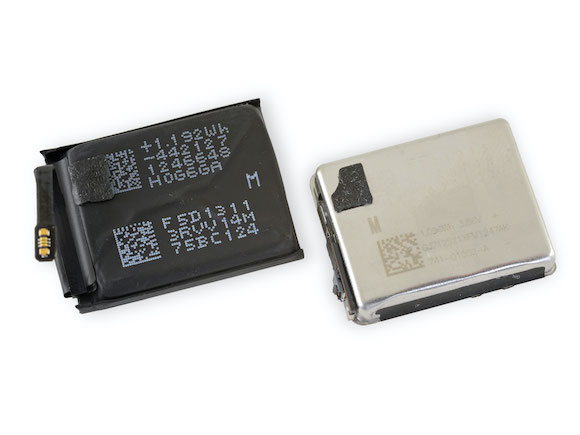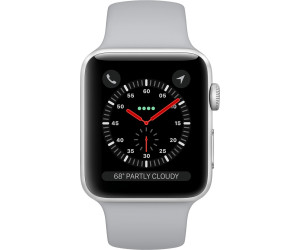
Once you have the directory in place you can then copy your Photos Library on to it. If you now double click on the Sparse Image you created it will create a directory called Photos (or whatever name you gave it) on your desktop.

For some reason the next time I opened Disk Utility it allowed me to create a sparse image directly on to my WDM圜loud using my NAS server capacity so I could create the size I wanted.) (Note the first time I did this Disk Utility would not allow me to save directly to WDM圜loud and as I had limited file space on my Macmini (which is why I wanted to move my photo library in the first place) I created a small sparse image, dragged it over to the drive and then deleted it. Hit Save and you should now have a directory set up called Photos.sparseimage. Now select where you want your image file to be saved on your NAS (I saved it in the Public folder) give it a name (I called it Photos), state the size you want the image file to be (I gave mine 500GB) and make sure it is Formatted for Mac OS Extended Journal. Then where it says Save As make sure the small arrow is pointing up so that you can see the directories of where things are. In the Apple menu bar where it says Disk Utility go to File and select Blank Image Go to Applications, find the Utilities folder and within that open Disk Utility. It is using the same methodology the NAS drive uses to handle Time Machine back ups. This enables the Mac to treat it as a local drive as opposed to a NAS, and will provide reasonable access times (at least it does with my library of some 75k images and 420 videos). The solution is to create a sparse image which is a way of partitioning the disk and formatting it, and then placing your photo library on to this.


This is why WD M圜loud and other NAS devices can bundle their products with an iTunes server and as such are not liable to corruption issues. Note this is not a problem for iTunes because it manages its database in a different way in that the content is not bound into the library. By putting the photo library on a NAS server you effectively provide multi access to a single user database, and to compound the issue the way that NAS disks are formatted is different from Apple creating further problems increasing the likelihood of file corruption. As such if you try to have more than one user accessing it you are liable to corruption issues. The problem is the way Photos and similar programmes (iMovie, Garageband etc) are configured are for a single user with an integrated database.


 0 kommentar(er)
0 kommentar(er)
